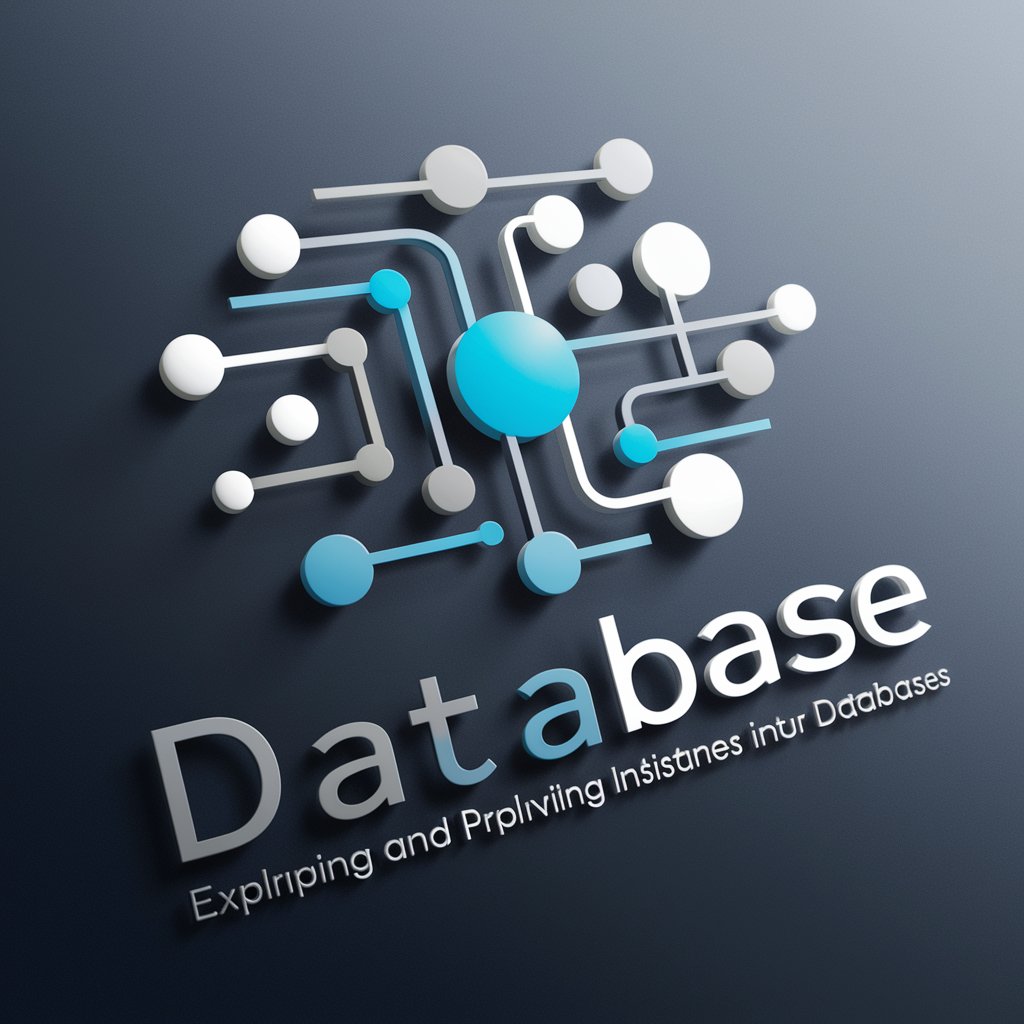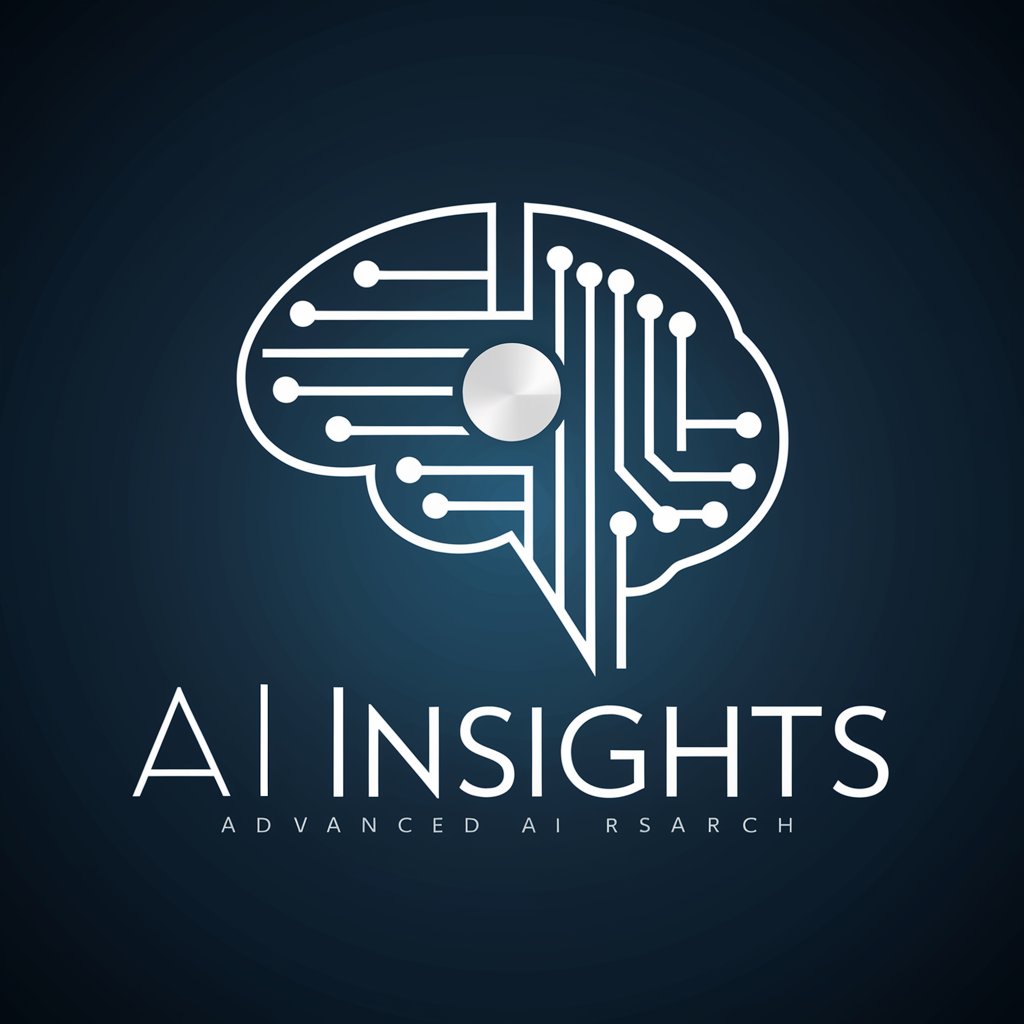Database - Database Insight and Management

Hello! How can I assist you with your database inquiries today?
Empowering data-driven decisions with AI
Explain the importance of database normalization.
What are the differences between SQL and NoSQL databases?
Describe the role of indexes in database performance.
How do relational databases handle transactions and concurrency?
Get Embed Code
Overview of Database Functionality and Design Purpose
Databases are structured systems that store, manage, and retrieve information efficiently. They are designed to handle vast amounts of data in a way that supports processes requiring information, such as transaction processing, management decision-making, and analysis. At their core, databases aim to provide a reliable, secure, and efficient method for data storage and retrieval. This involves not just storing data but ensuring its integrity, security, and availability to authorized users. For example, a retail company might use a database to manage inventory, track sales transactions, and analyze customer buying patterns to improve business strategies. The design of databases can vary widely, from relational databases that organize data into tables with relationships between them, to NoSQL databases designed for unstructured data and scalability across distributed systems. The purposeful design of databases is to cater to specific data storage, processing, and retrieval needs, reflecting the diverse requirements of different applications and industries. Powered by ChatGPT-4o。

Core Functions of Databases and Their Real-World Applications
Data Storage
Example
Storing customer information for a banking system.
Scenario
Banks use databases to securely store customer information, account details, and transaction histories, enabling them to efficiently manage customer accounts and support banking operations.
Data Retrieval
Example
Retrieving product information in an e-commerce platform.
Scenario
E-commerce platforms rely on databases to quickly retrieve product information, stock levels, and prices to display to customers, facilitating a seamless shopping experience.
Data Manipulation
Example
Updating inventory levels in a retail management system.
Scenario
Retail management systems use databases to update inventory levels in real-time as sales are made and stock is replenished, ensuring accurate inventory management and optimizing supply chain operations.
Data Analysis
Example
Analyzing customer buying patterns for targeted marketing.
Scenario
Businesses analyze data stored in databases to identify customer buying patterns and preferences, enabling targeted marketing strategies and personalized customer experiences.
Target User Groups for Database Services
Businesses and Enterprises
Businesses of all sizes rely on databases for various functions, including customer relationship management, inventory tracking, and financial record keeping. Databases help in making informed decisions, improving operational efficiency, and driving growth.
Developers and IT Professionals
Developers use databases to build applications requiring data storage, retrieval, and manipulation. IT professionals manage database systems to ensure they are secure, performant, and scalable to support application needs.
Researchers and Academics
Researchers and academics use databases to store and analyze large datasets for scientific, technological, and social studies. Databases facilitate complex queries and analyses, supporting the discovery of new insights and knowledge.
Government Agencies
Government agencies use databases for record keeping, public service management, and policy making. Databases support efficient and transparent government operations, including citizen services, healthcare, and education.

How to Use Database
Start with a Free Trial
Initiate your journey by visiting yeschat.ai to explore Database functionalities without the need for a login or ChatGPT Plus subscription.
Identify Your Requirements
Clarify your data management needs, whether for application development, data analysis, or academic research, to leverage Database effectively.
Choose the Right Database Type
Select from relational, NoSQL, or cloud databases based on your data structure, scalability needs, and performance requirements.
Implement Database Design
Design your database schema carefully, considering factors like data normalization, entity relationships, and indexing for optimal performance.
Regular Maintenance and Updates
Ensure regular updates and maintenance of your database system to enhance security, performance, and to keep up with changing requirements.
Try other advanced and practical GPTs
ジプるマン【USM作成】
Streamlining Project Planning with AI

Heels
Elevate Your Style with AI-Powered Heel Advice

Eva copywriterka Relionsis
Empower your brand voice with AI

SEO-GPT
Elevate Your SEO with AI-Powered Insights

AI Insights
Insights at the Speed of AI

RHB Content
Empowering Your Financial Journey with AI

WealthWise
AI-powered Financial Guidance

Fathers
Empowering fathers with AI-driven guidance

Creative Colorist
Empowering Startups with AI-Driven Design

Military
Empowering Defense Insights with AI

Texas
Explore Texas with AI-Powered Insights

COVID
Empowering with AI-driven pandemic insights.

Frequently Asked Questions about Database
What is a database?
A database is a structured collection of data that allows for efficient data storage, retrieval, and management. It supports various operations such as querying, updating, and data manipulation.
What are the main types of databases?
The main types include relational databases (SQL) for structured data, NoSQL databases for unstructured or semi-structured data, and cloud databases that offer scalability and flexibility.
How does database normalization benefit data management?
Normalization reduces data redundancy and improves data integrity by organizing data into related tables. This process enhances the efficiency of database operations and simplifies data maintenance.
Can databases handle real-time data processing?
Yes, certain databases are designed for real-time processing, offering low latency and high throughput for live data updates, analytics, and immediate data retrieval.
What are best practices for database security?
Best practices include regular backups, using encryption for data at rest and in transit, implementing access controls, and keeping database software up-to-date to protect against vulnerabilities.
